1. Floppy Disks
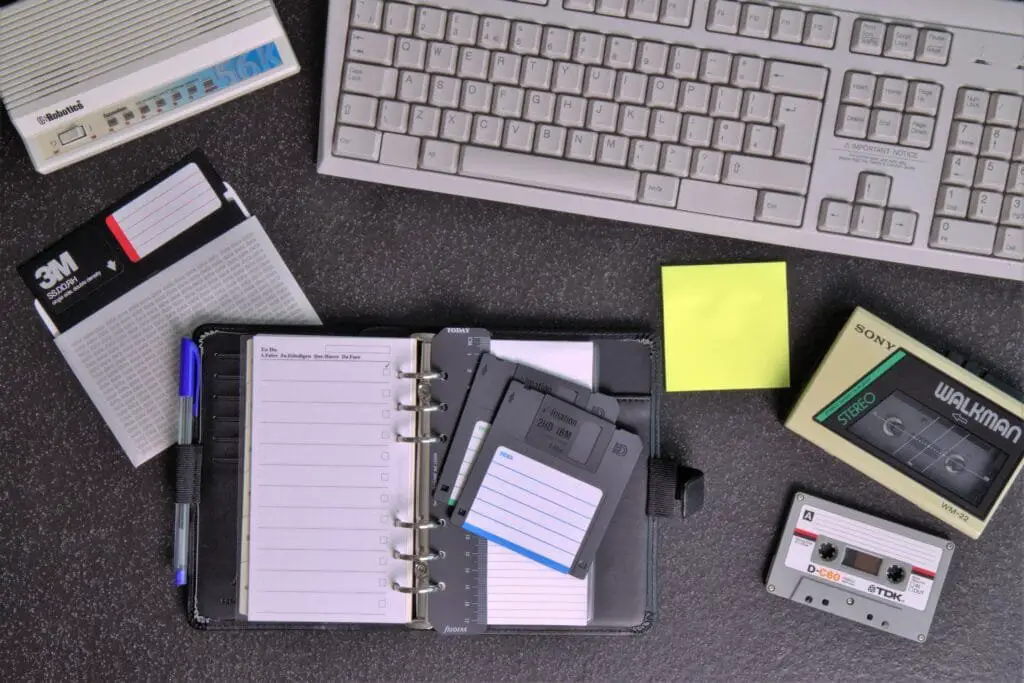
The original “save” icon, floppy disks were once an essential part of any computer system. They held just a few megabytes of data—hard to believe when kids today have thousands of times that amount of storage in their pocket. The delicate, bendable plastic design meant you had to handle them with care, or risk losing all your work.
2. VHS Tapes and VCRs
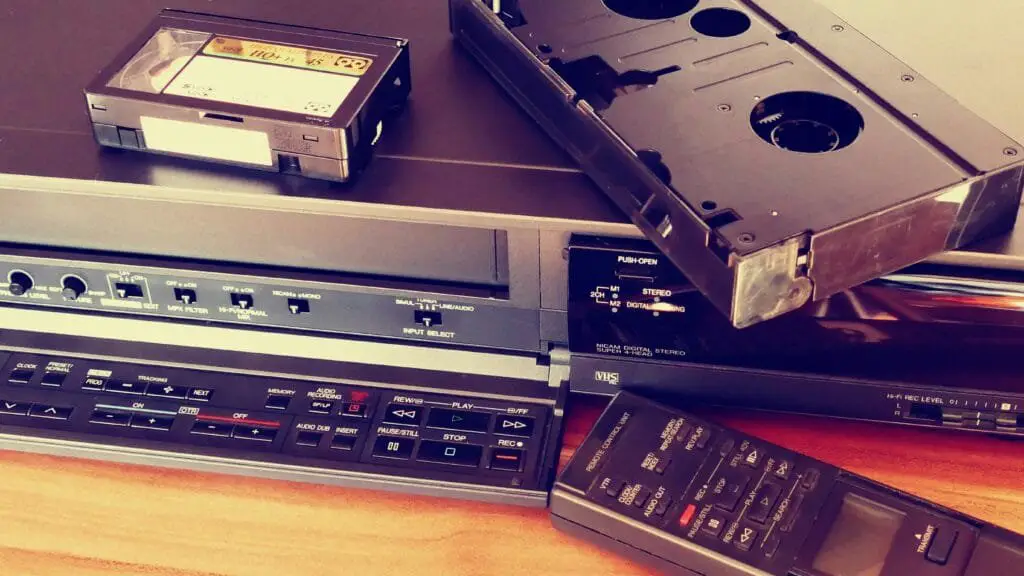
Remember when movie nights involved a trip to the video store? The VHS tape was an essential part of ’80s life, and having a VCR was a major household upgrade. But kids today have never had to rewind a movie before returning it—or deal with the frustration of the tape getting stuck and needing to be pulled out carefully with a pencil.
3. Cassette Tapes
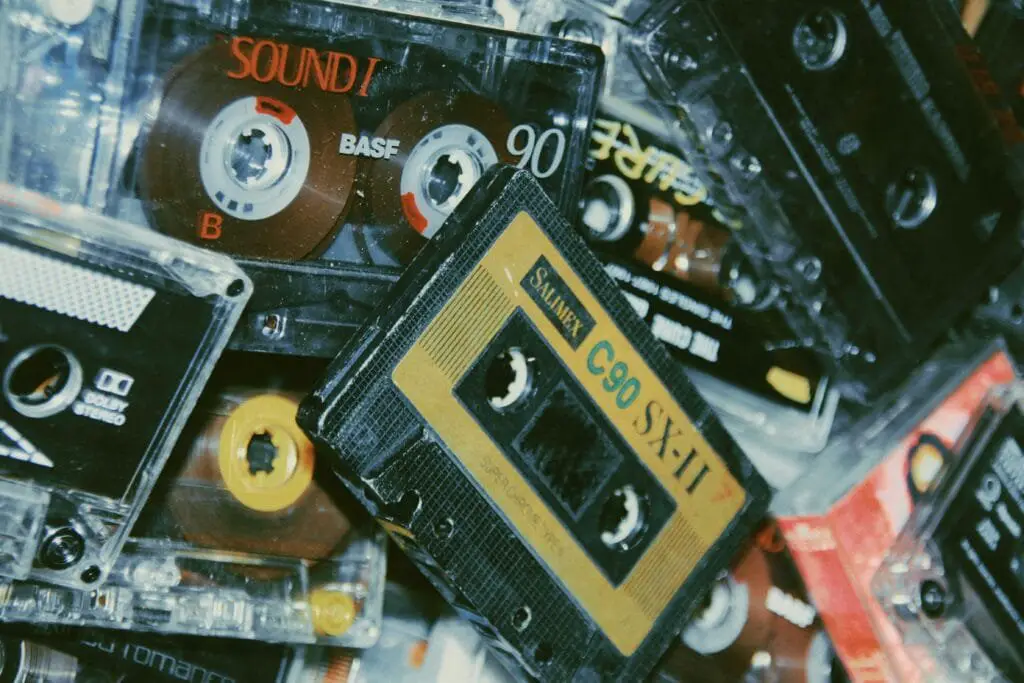
Before MP3s, streaming, or even CDs, there were cassette tapes. Creating the perfect mixtape for a friend (or crush!) was a labor of love that involved hours of waiting for songs to play on the radio. Fast-forwarding and rewinding through a tape to find your favorite song is something today’s kids have never had to experience. The sound of a tape deck clicking shut? A lost art!
4. TV Antennas (or “Rabbit Ears”)
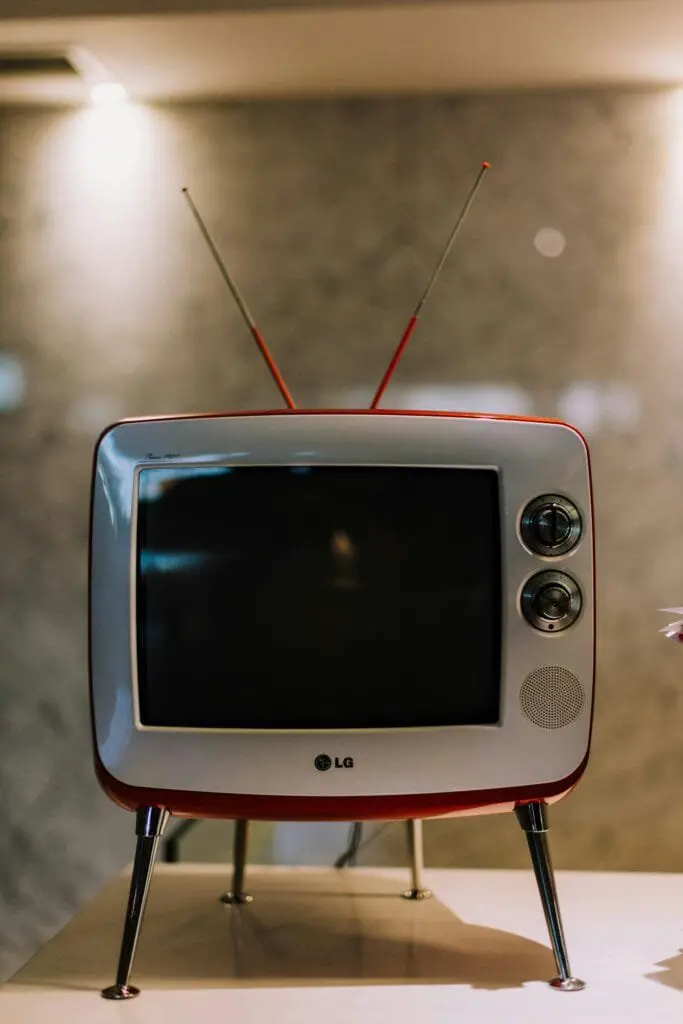
Back in the ’70s and ’80s, getting a clear TV signal was an art form. Adjusting the rabbit ears to reduce static and fuzz was a regular part of watching your favorite shows. Sometimes, it even required standing in the perfect spot to hold the antenna in place! Explaining this to someone who’s only known the flawless picture quality of streaming services seems almost like fiction.
5. Record Players
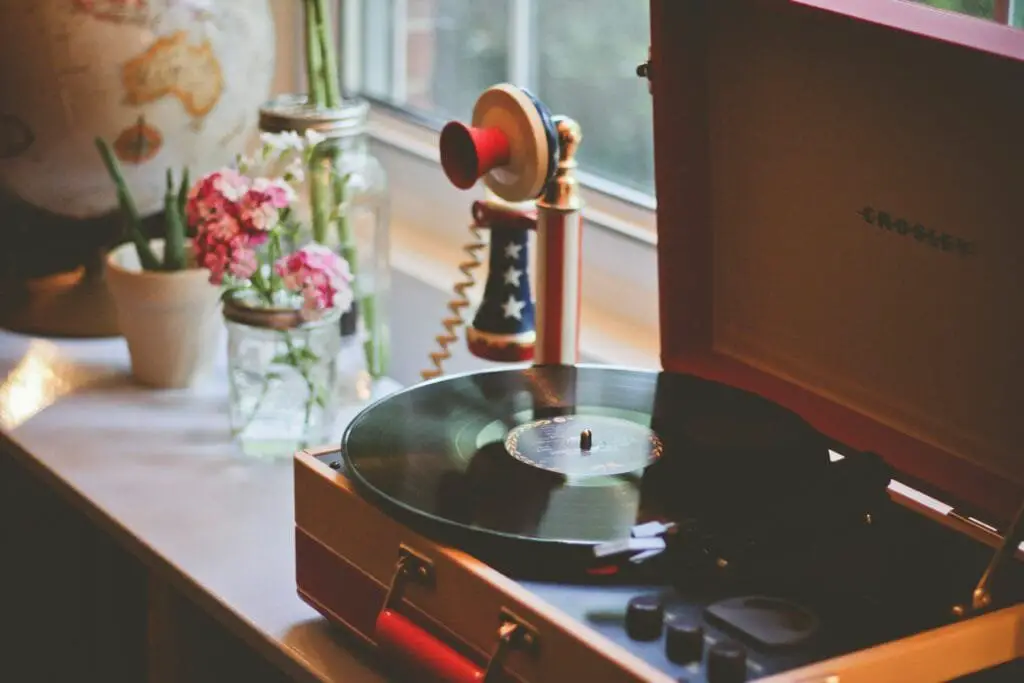
While vinyl has made a bit of a comeback, the experience of handling a record, dropping the needle carefully, and hearing the crackle before the music plays was a daily ritual for music lovers in the ’70s. Kids today are used to instant, digital sound, but records had a warmth and an intentionality to them that made every listen feel special.
6. Film Cameras and Developing Photos
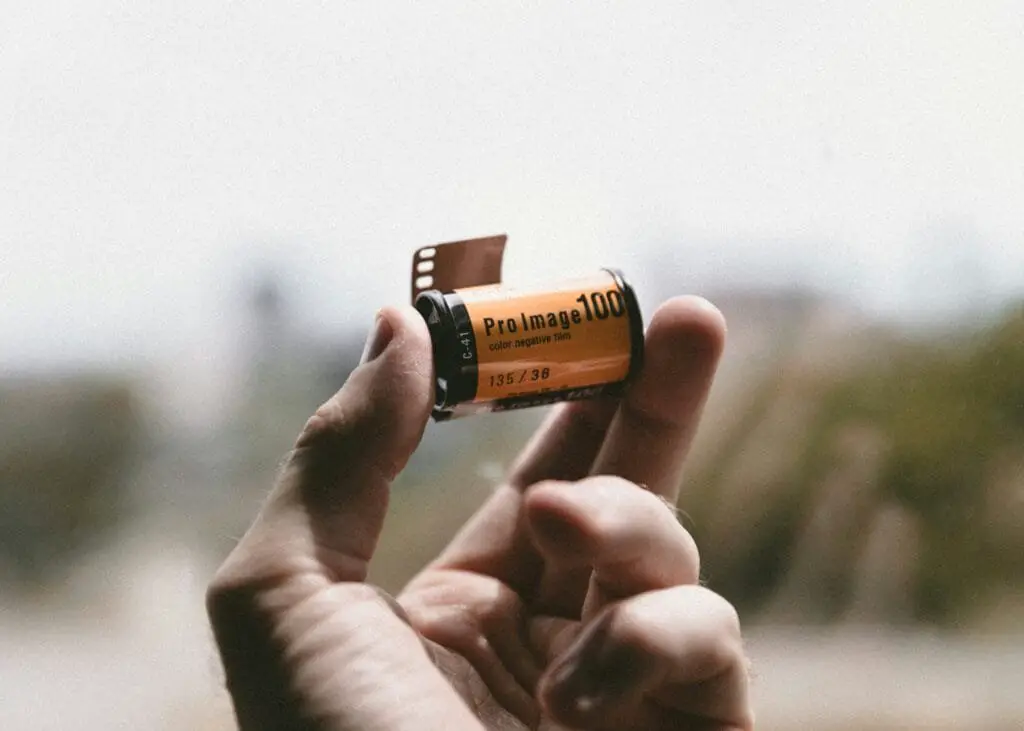
Taking pictures in the ’70s and ’80s was a different process altogether. You had to wind the film in your camera, take a picture without knowing how it turned out, and then drop the film off for development, waiting days to see the results. The thrill of opening an envelope of freshly printed photos is a feeling today’s instant-sharing generation will never fully appreciate.
7. Typewriters
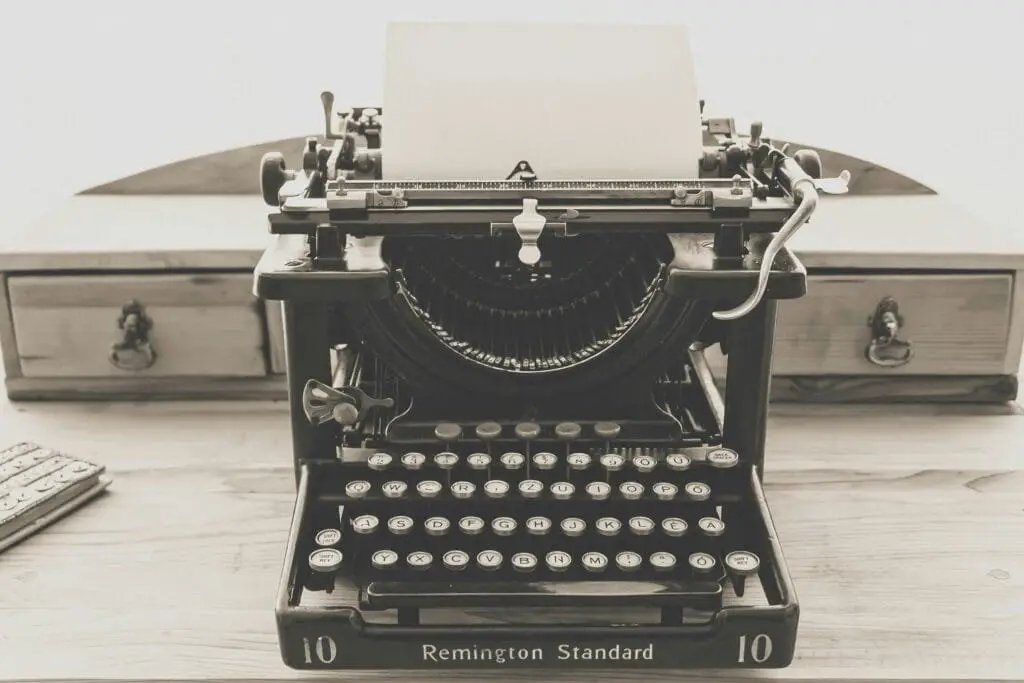
Before computers were commonplace, typewriters ruled the written word. The clack of the keys, the “ding” at the end of a line, and the need for white-out correction tape are things today’s kids have never encountered. The physicality of typing—knowing you had to get it right the first time—made writing a more deliberate and thoughtful process.
8. Pager Beepers
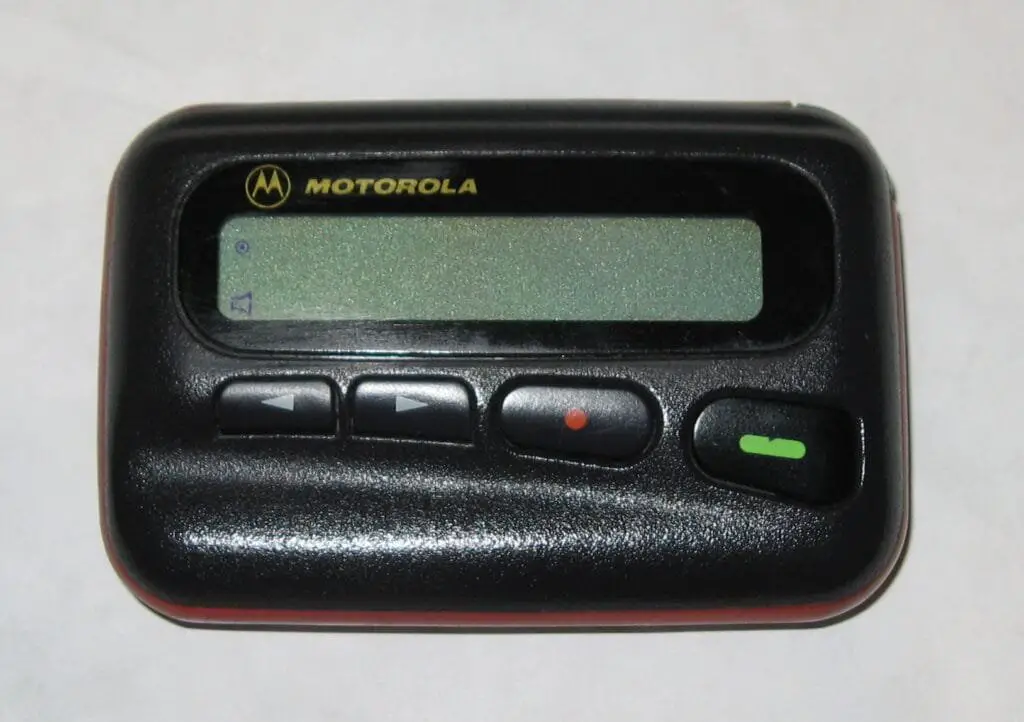
Before cell phones took over, if you needed to reach someone, you’d beep them with a pager. Pagers were especially popular in the ’80s, allowing people to receive a numeric code or callback number. Unlike today’s always-on communication, it was a simpler, less distracting way to stay in touch—though kids now might find it hard to believe people ever managed without texting.
9. Analog Alarm Clocks

Digital clocks are a given now, but many kids from the ’70s and ’80s grew up with old-school analog alarm clocks. The ticking sound, the clunky buttons, and the jarring bell ring were part of waking up each morning. No snooze buttons or gentle alarms, just a loud clatter to get you out of bed and ready for the day!
10. Atari and Early Video Game Consoles

Before the modern PlayStation or Xbox, there was the Atari. The graphics were simple, the controllers basic, and the games repetitive, but back then, it was the height of technology. Explaining to kids now that Pong, a game where two rectangles bounce a ball between them, was revolutionary might get some blank stares.
11. Rotary Phones
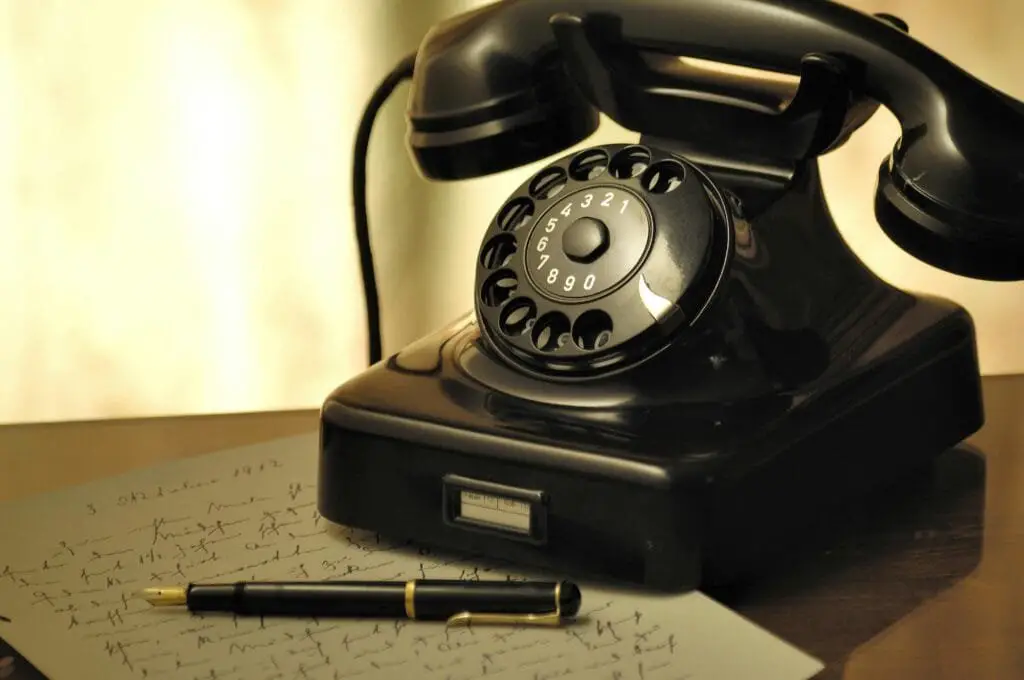
Before the days of smartphones, calling someone meant carefully dialing each number on a rotary phone. The circular dial and the long wait for it to return to its starting position after each number was a slow process by today’s standards. The idea of a landline attached to the wall, with no ability to text or take pictures, is something today’s kids could hardly fathom.
12. Encyclopedias

Before the internet and search engines, the go-to resource for information was a set of encyclopedias. Many homes had an entire shelf dedicated to these large, leather-bound books, which were often passed down for years. Researching for a school project meant flipping through pages, not typing keywords into a search bar, and while it took longer, it somehow felt more rewarding.
13. Boom Boxes
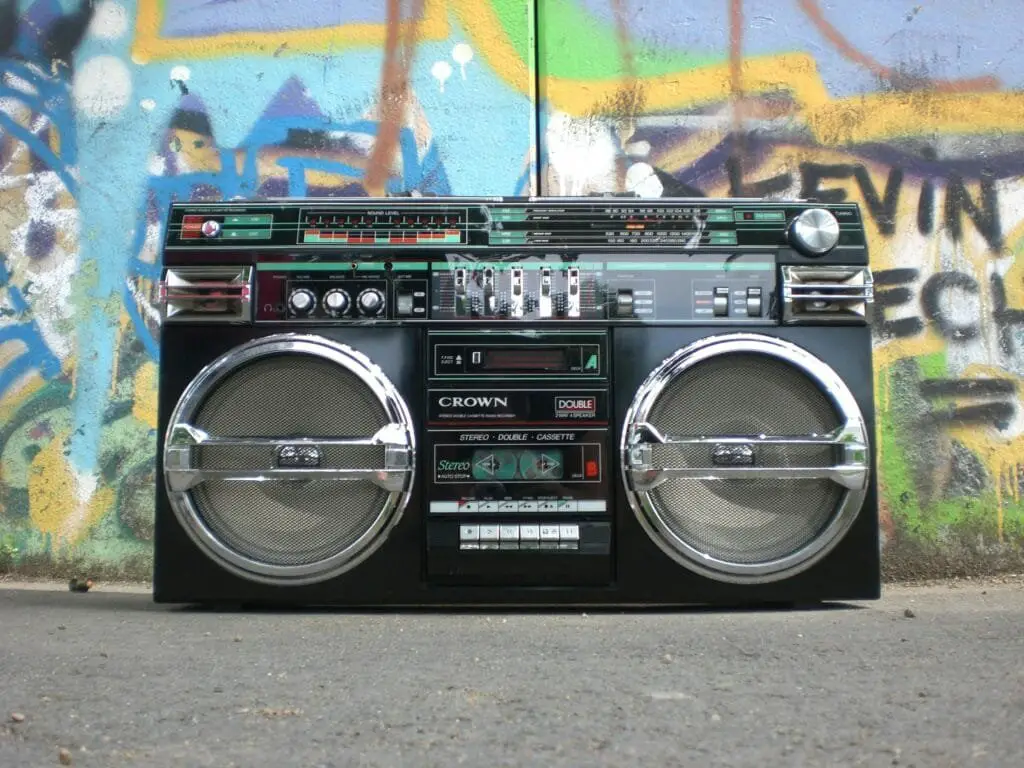
Carrying a boom box on your shoulder, blasting your favorite music, was an iconic part of ’80s culture. These portable (but large) radios and cassette players were a way to share music with friends before smartphones and Bluetooth speakers existed. There was something powerful about lugging around a boom box—especially if it meant your tunes could fill the entire block.
14. TV Guide

Before streaming services curated suggestions, people had to rely on the weekly TV Guide to see what was on. Flipping through the little booklet, marking down the shows you wanted to watch, and planning your night around the TV schedule was part of the experience. There were no instant replays or on-demand episodes; if you missed your show, you had to wait for a rerun.
Kids today live in a world of instant information, communication, and entertainment, but there’s something special about the slower pace of technology in the ’70s and ’80s. While it required a little more patience, it also made every interaction—from listening to music to watching TV—feel more intentional and memorable.


